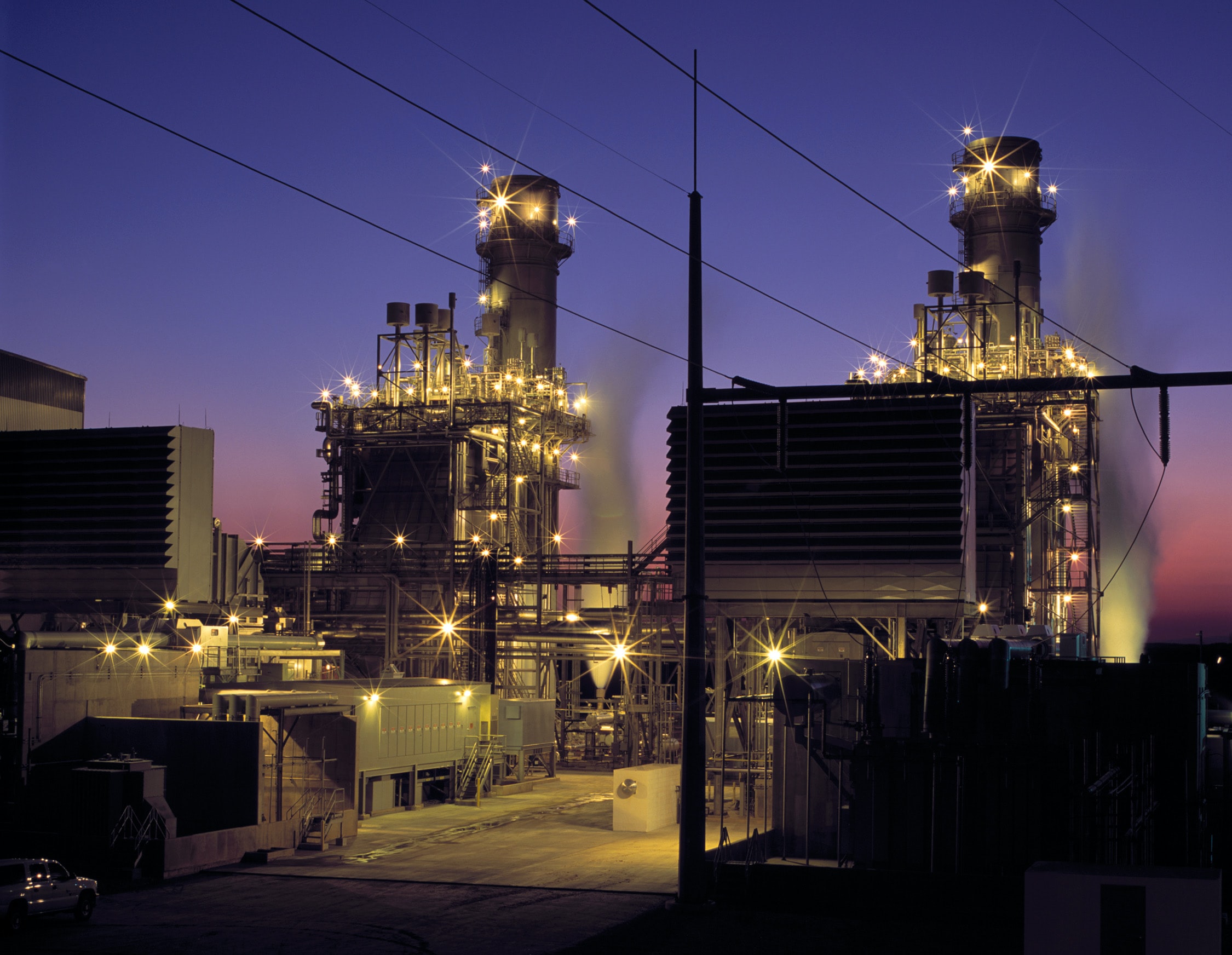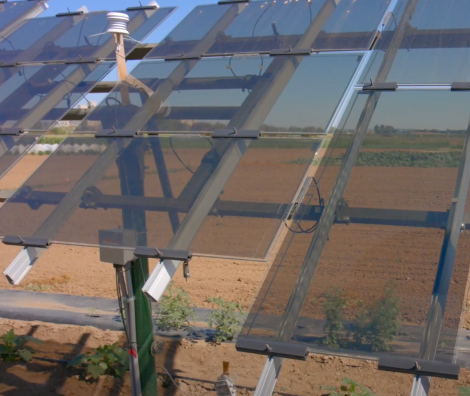 Microgrid project work is heating up across New York State as 11 development groups selected to advance to stage two of the NY Prize Community Microgrid Challenge work to further develop and refine their proposals. In New York City, Demand Energy broke ground on the first solar-plus-storage microgrid to begin construction under Con Edison’s (ConEd) Brooklyn-Queens Neighborhood demand management program (BQDM).
Microgrid project work is heating up across New York State as 11 development groups selected to advance to stage two of the NY Prize Community Microgrid Challenge work to further develop and refine their proposals. In New York City, Demand Energy broke ground on the first solar-plus-storage microgrid to begin construction under Con Edison’s (ConEd) Brooklyn-Queens Neighborhood demand management program (BQDM).
Comprising a 400-kW solar PV system, 400-kW fuel cell and 300-kW/1.2-MWh lithium ion (Li-ion) battery-based energy storage system (BESS), the renewable energy storage microgrid is also the first to be built for an affordable housing development. Once completed, it will serve the power and energy needs of residents and businesses at Marcus Garvey Village, a “mixed-income apartment complex” in Brooklyn’s Brownsville section owned by L+M Development Partners.
The Marcus Garvey Village community microgrid also marks the first instance of a Li-ion battery system being used in a “behind the meter” multi-family building environment.
Community microgrids, grid resilience and affordable housing
An independently run company wholly owned by Enel Green Power North America, the subsidiary of the Italian multinational of the same name, Demand Energy’s Distributed Energy Network Optimization System (DEN.OS) will be used to manage and control operation of Marcus Garvey community microgrid, including its interaction with ConEd’s utility grid.

“We’re proud to be designing and building the city’s first lithium-ion battery-based microgrid,” Demand Energy president and CEO Gregg Patterson was quoted in a press release.
“We’ve worked closely with the Fire Department and Department of Buildings in New York City to earn their approvals and achieve this milestone in storage deployment. Lithium-ion is a proven technology that offers multiple advantages over other chemistries, especially in urban installations. We look forward to bringing the benefits of this first-of-its-kind microgrid to the Village’s owners and residents.”
ConEd’s BQDM, or Brooklyn-Queens Neighborhood Program, illustrates the ways in which leading utilities are working with a variety of renewable energy and cleantech vendors to make innovative use of new grid-edge and customer-sited, “behind the meter” distributed energy resources and information-communications technology, “Internet of Things” technology and “machine to machine” (M2M) communications in particular.
ConEd’s Brooklyn-Queens Neighborhood demand management program
 According to Demand Energy, its DEN.OS microgrid control software platform will optimize the way in which these “behind the meter” grid assets interact and perform. By more efficiently and precisely managing energy generation, distribution and use, it’s expected the grid-connected solar-storage microgrid will reduce power consumption and consumer costs at Marcus Garvey Village by reducing high utility peak demand charges. It will also enhance resiliency during outages at lower operational cost than conventional methods, as well as help reduce GHG emissions.
According to Demand Energy, its DEN.OS microgrid control software platform will optimize the way in which these “behind the meter” grid assets interact and perform. By more efficiently and precisely managing energy generation, distribution and use, it’s expected the grid-connected solar-storage microgrid will reduce power consumption and consumer costs at Marcus Garvey Village by reducing high utility peak demand charges. It will also enhance resiliency during outages at lower operational cost than conventional methods, as well as help reduce GHG emissions.
Notably, the microgrid platform will assure that solar power produced on-site is consumed on-site. Any surplus will be fed into ConEd’s distribution grid. In the event of a grid outage, the microgrid will disconnect from the utility grid and operate autonomously. More broadly, the goal is to enhance local and grid-wide energy efficiency, reliability and resilience while at the same time reducing greenhouse gas (GHG) emissions, environmental pollution and consumer energy costs.
Running up against a constraint on a power substation that serves parts of the New York City boroughs of Brooklyn and Queens led the investor-owned utility’s management to develop the Brooklyn-Queens Neighborhood program, ConEd’s Matt Ketschke explained in a recent interview.
The conventional utility solution would have led ConEd to build a new or significantly expand the local substation, a 20-year capital investment with a projected cost of more than $1 billion. In line with New York’s Reforming the Energy Vision (NY-REV) strategic climate change and grid modernization plan, management decided to employ “behind the meter” grid assets and distributed energy resources on customer sites to meet and better manage growing neighborhood loads at lower cost and in a shorter time frame.
[youtube http://www.youtube.com/watch?v=CvRnzCTKafI&w=600&h=450]




